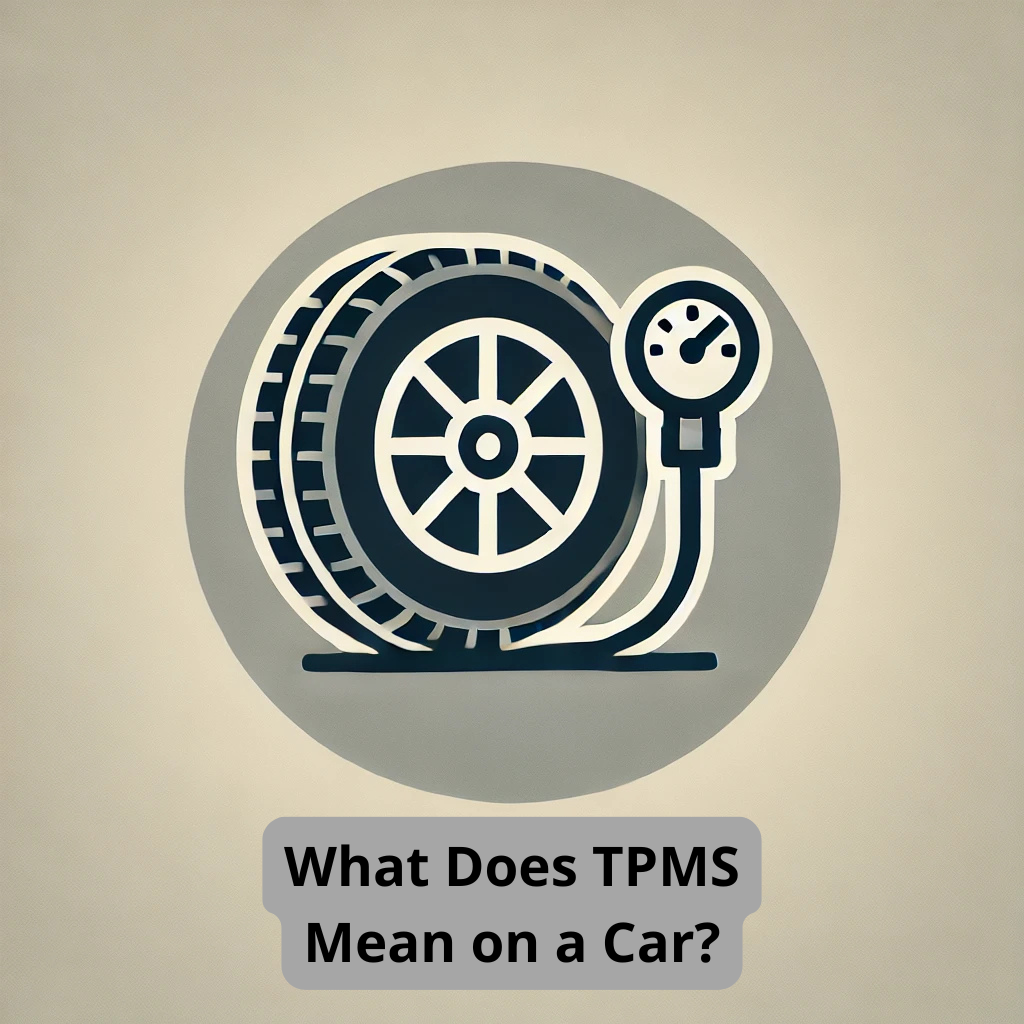In the realm of automotive safety and performance, TPMS is a term that every driver should be familiar with. Standing for Tire Pressure Monitoring System, TPMS plays a crucial role in ensuring your vehicle operates efficiently and safely.
This comprehensive guide explores what TPMS means, how it works, its benefits, types, maintenance tips, and why it’s essential for every vehicle owner.
Introduction to TPMS
Tire Pressure Monitoring System (TPMS) is an automotive safety feature designed to monitor the air pressure inside your vehicle’s tires. By providing real-time data on tire pressure, TPMS helps prevent accidents caused by under-inflated or over-inflated tires, enhances fuel efficiency, and prolongs tire life. Introduced as a mandatory feature in many countries, TPMS has become an indispensable component of modern vehicles.
How Does TPMS Work?
Understanding how TPMS operates provides insight into its effectiveness and importance in vehicle safety.
Sensors

Each tire is equipped with a TPMS sensor that measures the air pressure and, in some cases, the temperature. These sensors can be either mounted inside the tire (direct TPMS) or integrated into the vehicle’s anti-lock braking system (indirect TPMS).
Control Module
The data collected by the sensors is transmitted to the vehicle’s control module. This module processes the information and determines if any tire is under- or over-inflated.
Warning Indicator
If the control module detects abnormal tire pressure, it triggers a warning light on the dashboard, alerting the driver to check and adjust the tire pressure as needed.
Operational Cycle
- Monitoring: Sensors continuously monitor tire pressure and temperature.
- Data Transmission: Information is sent to the control module in real-time.
- Analysis: The control module analyzes the data to identify any deviations from optimal pressure.
- Alert: If necessary, the system alerts the driver through dashboard indicators.
Types of TPMS
There are two primary types of TPMS: Direct TPMS and Indirect TPMS. Each type has its own mechanism for monitoring tire pressure.
Direct TPMS
Direct TPMS uses individual sensors mounted on each wheel to measure the actual air pressure inside the tires. These sensors transmit the data wirelessly to the vehicle’s control module.
Advantages:
- Accuracy: Provides precise and real-time tire pressure readings.
- Individual Monitoring: Each tire is monitored separately, allowing for specific alerts.
Disadvantages:
- Cost: More expensive to install and maintain due to the individual sensors.
- Battery Life: Sensors contain batteries that may need replacement over time.
Indirect TPMS
Indirect TPMS does not use pressure sensors. Instead, it relies on the vehicle’s anti-lock braking system (ABS) to monitor wheel speed and infer tire pressure based on rotational speed differences.
Advantages:
- Cost-Effective: Cheaper to implement since it uses existing ABS components.
- No Batteries: Eliminates the need for battery replacement in sensors.
Disadvantages:
- Less Accurate: Cannot provide exact tire pressure values, only detects significant changes.
- Calibration Issues: May require recalibration after tire rotations or replacements.
Benefits of TPMS
Implementing TPMS in your vehicle offers numerous advantages that enhance safety, performance, and cost-efficiency.
Enhanced Safety
Properly inflated tires improve vehicle handling, reduce the risk of tire blowouts, and prevent accidents caused by under-inflated or over-inflated tires.
Improved Fuel Efficiency
Maintaining optimal tire pressure reduces rolling resistance, leading to better fuel economy and lower fuel costs.
Extended Tire Life
Properly inflated tires wear more evenly and last longer, saving you money on tire replacements.
Environmental Benefits
Improved fuel efficiency and extended tire life contribute to reduced carbon emissions and less environmental impact.
Convenience
TPMS provides real-time alerts, eliminating the need for manual tire pressure checks and ensuring you’re always aware of your tire’s condition.
TPMS vs. Traditional Tire Gauges
While traditional tire pressure gauges require manual checks, TPMS offers a more convenient and reliable method for monitoring tire pressure.
| Feature | TPMS (Tire Pressure Monitoring System) | Traditional Tire Gauges |
|---|---|---|
| Monitoring Method | Automatic, real-time | Manual, requires periodic checks |
| Accuracy | High, especially Direct TPMS | Varies based on gauge quality |
| Convenience | High, continuous monitoring | Low, requires manual effort |
| Alerts | Visual and audible warnings | None, unless using an add-on system |
| Installation | Built-in, factory-installed or aftermarket | None, simply purchase a gauge |
| Cost | Higher initial cost | Low initial cost |
Common Myths About TPMS
Several misconceptions surround TPMS, leading to misunderstandings about its functionality and benefits. Here are some common myths debunked:
TPMS is Just a Luxury Feature
Reality: TPMS is a critical safety feature mandated in many regions to enhance vehicle safety and performance.
TPMS Provides Exact Tire Pressure Readings
Reality: While Direct TPMS offers precise measurements, Indirect TPMS only detects significant pressure changes without providing exact values.
TPMS Can Replace Regular Tire Maintenance
Reality: TPMS complements regular tire maintenance but does not eliminate the need for manual pressure checks and inspections.
TPMS Only Alerts for Low Tire Pressure
Reality: Some TPMS systems also alert for over-inflated tires, providing comprehensive monitoring of tire pressure.
All TPMS Systems Work the Same Way
Reality: There are different types of TPMS (Direct and Indirect) with varying functionalities and levels of accuracy.
Conclusion
TPMS, or Tire Pressure Monitoring System, is an essential automotive safety feature that plays a vital role in maintaining vehicle performance, safety, and efficiency. By continuously monitoring tire pressure and alerting drivers to potential issues, TPMS helps prevent accidents, improve fuel economy, and extend tire life. Understanding how TPMS works, its types, benefits, and maintenance requirements ensures that you can maximize its advantages and contribute to safer driving experiences.
As automotive technology continues to advance, TPMS will remain a cornerstone of vehicle safety, integrating with other systems to provide even greater levels of protection and performance. Whether you’re a seasoned driver or new to the road, recognizing the importance of TPMS can lead to more informed decisions and a better understanding of your vehicle’s needs.
